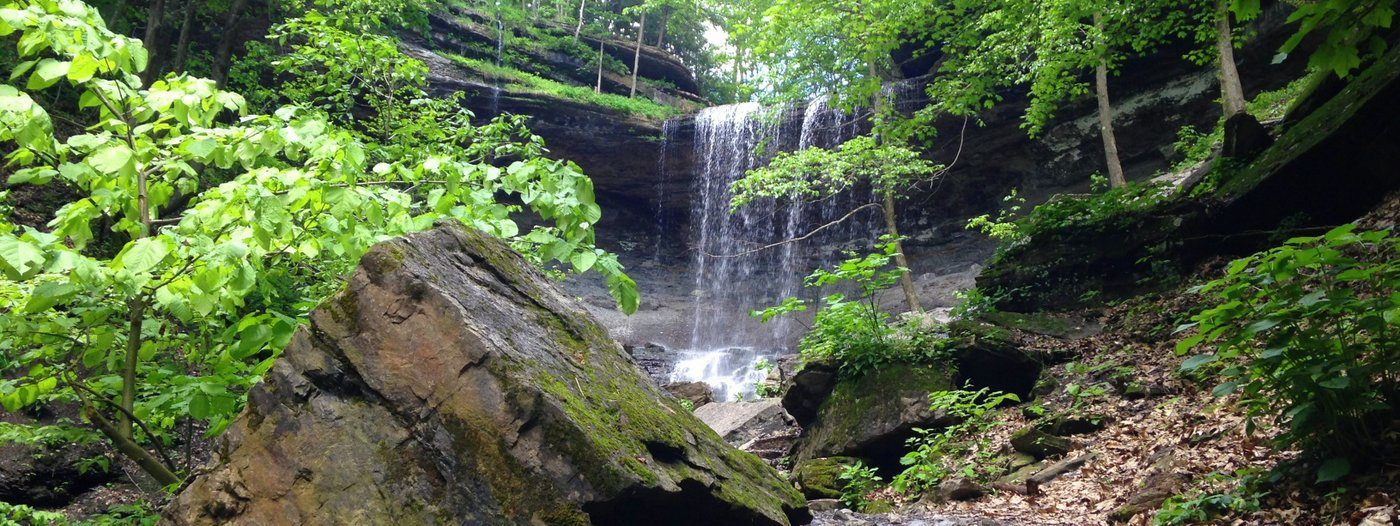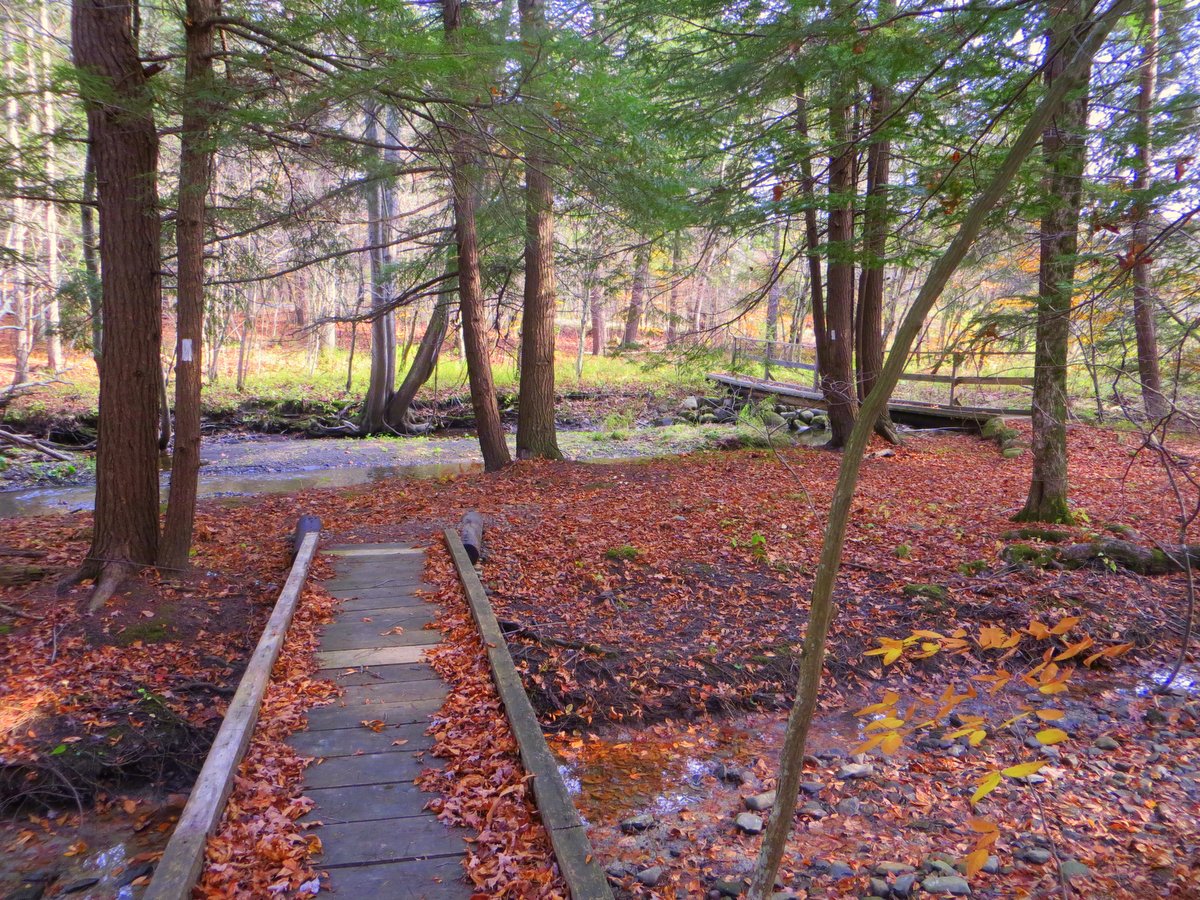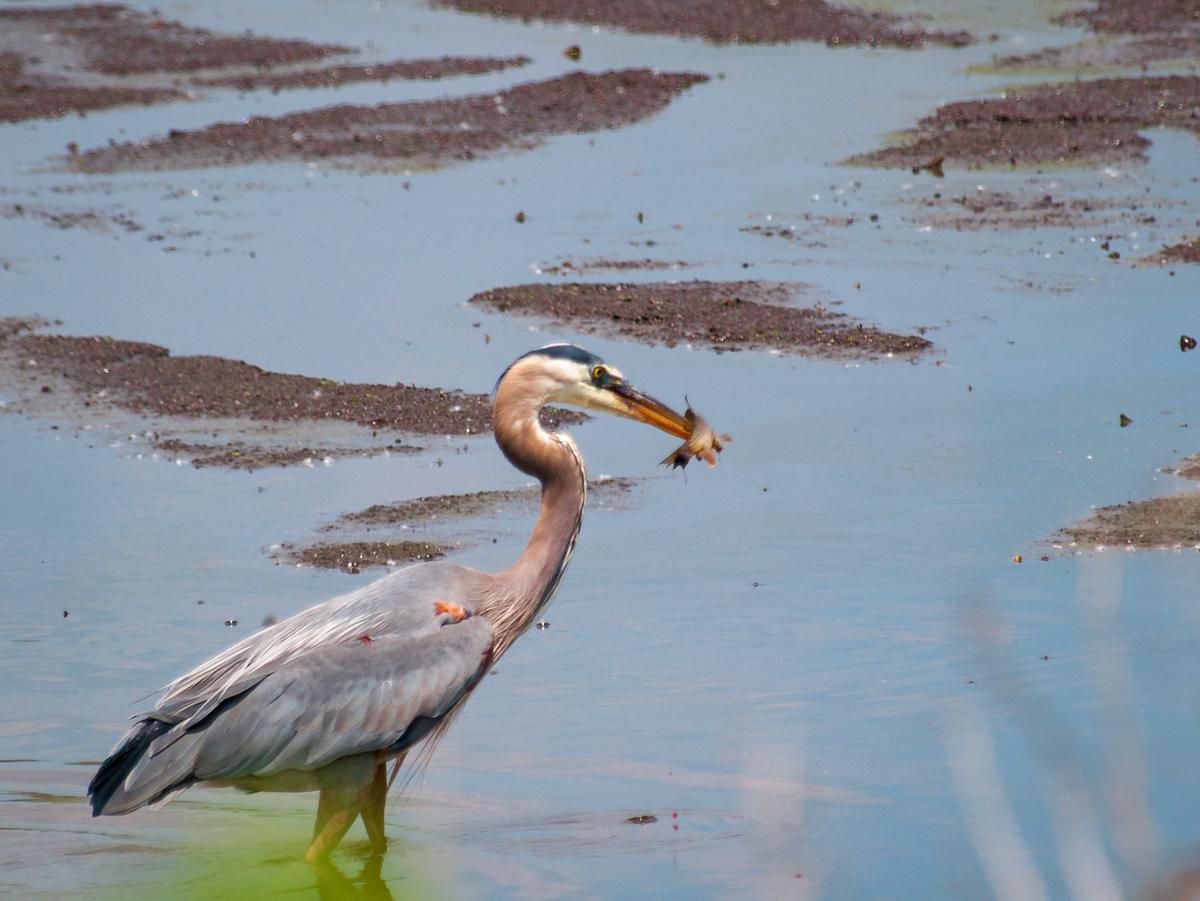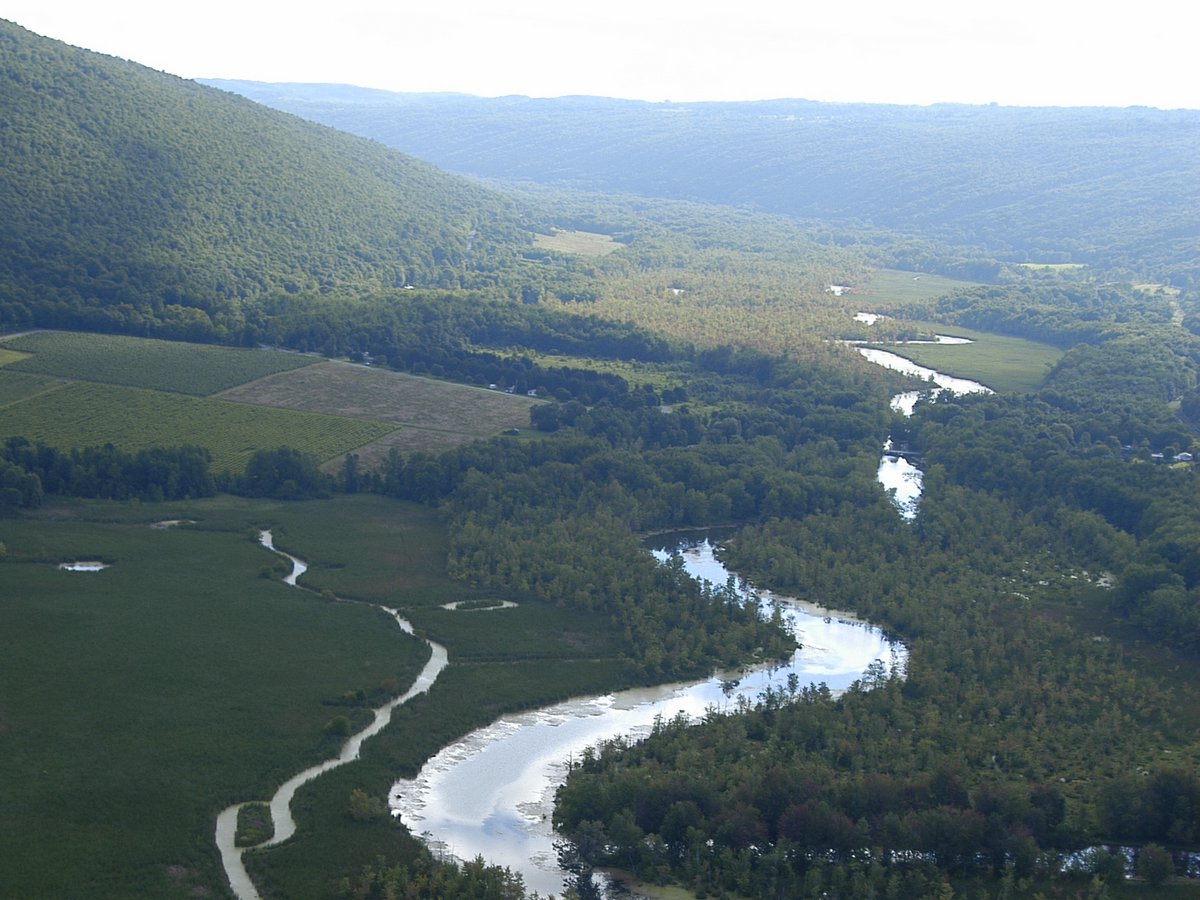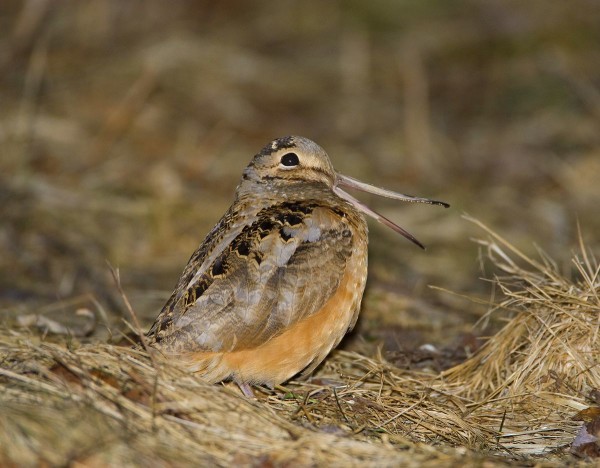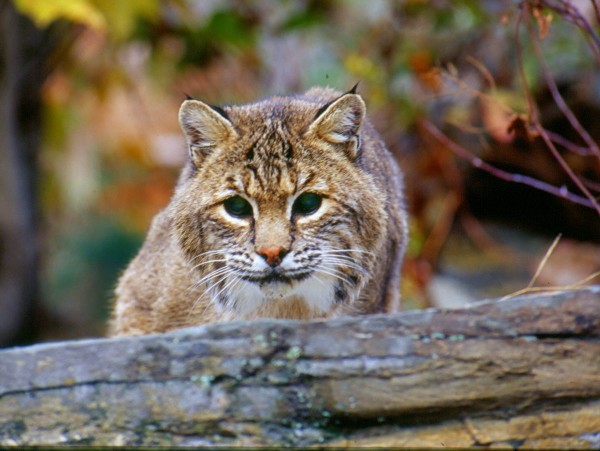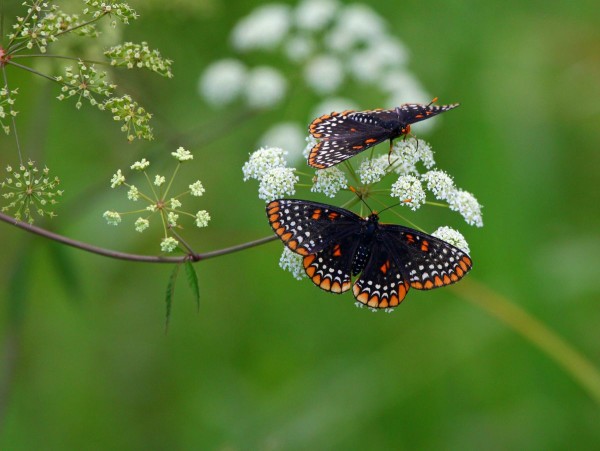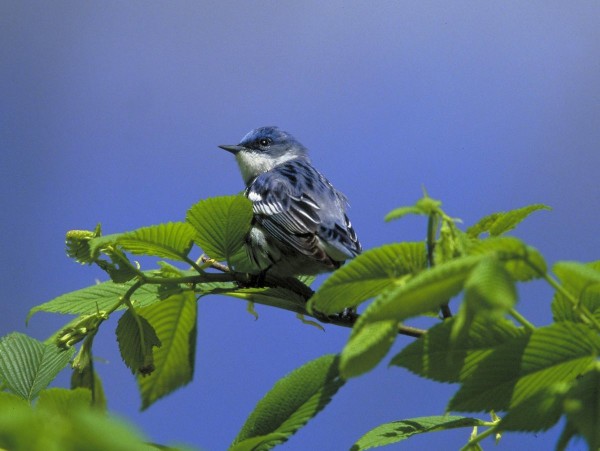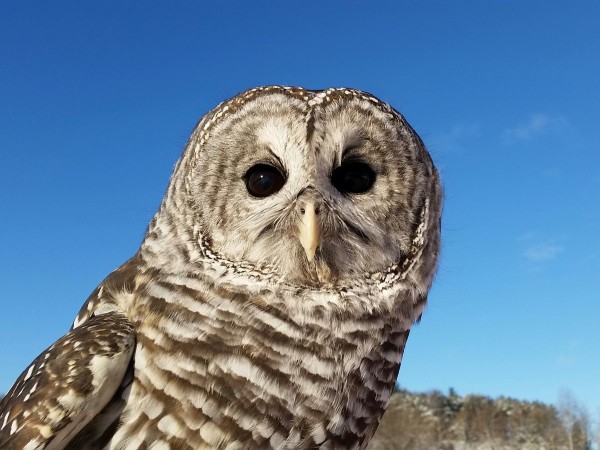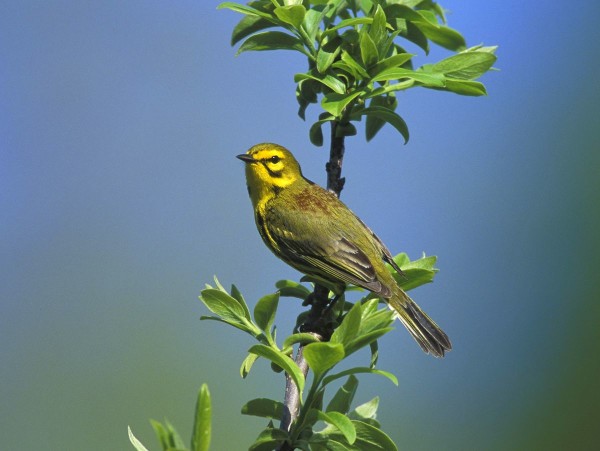Top 10 Cross-Country Ski Spots in the Finger Lakes Region
Cold, crisp air, snow falling silently through a hemlock forest, a distant birdsong – it’s winter in the Finger Lakes. Cross-country skiing is a great way for people of all skill levels to enjoy the beauty of the season. From technical terrain in state forests to groomed trails and more, there’s something for everyone. See our top ski spots on this page, and also see the main map with the ski filter selected.

Bear Swamp State Forest
Known for its “Adirondack-like” character, Bear Swamp features extensive wetlands along with 15 miles of multi-use trails that provide lots of options for skiing. The forest overlooks the southwestern shore of Skaneateles Lake and is located in an area that typically receives ample “lake effect” snow. For the most part, the trails weave around and up and over two ridges that flank Bear Swamp Creek.

Connecticut Hill Wildlife Management Area
Connecticut Hill is the largest wildlife management area in New York State, encompassing 11,645 acres. It is also one of the largest contiguous high-elevation forests in the region. Skiers will enjoy the 5.7-mile Van Lone Loop which shares a picturesque section of the Finger Lakes Trail (FLT) that follows Cayuta Creek along a mostly level route free of obstructions. The trail then climbs beside a wooded stream and finally completes the loop by following sections of remote forest roads. Skiers looking for a shorter route can follow the 2.6-mile Bob Cameron Loop near the FLT, but entirely separate.

Cumming Nature Center
Nestled between Canandaigua and Honeoye Lakes, Cumming Nature Center is home to 900 acres of diverse habitats, including its iconic 90-year-old red pine stand. In winter, the center offers twelve miles of groomed trails that are flat, easy, and perfect for beginners. No skis? No problem! Equipment rentals are available. The center also charges a modest admission fee to use the trails and recommends purchasing tickets in advance.

Finger Lakes National Forest
The only National Forest in New York, the Finger Lakes National Forest lies on a ridge between Seneca and Cayuga Lakes. When there’s lots of snow, it’s a great option for anyone looking to avoid the more popular spots. The forest is home to over thirty miles of trails which vary from roads and footpaths in the forest to routes that traverse open pastures.

Hammond Hill State Forest
This forest’s 20 miles of trails include easy trails for beginners as well as challenging downhill runs for the most expert skiers. The best maps of the trail system are available online from gofingerlakes.org and the Cayuga Nordic Ski Club, one of several organizations that collaborate with the DEC to maintain the trails in the forest. The trails are broad and provide ample line of sight, making downhill runs exhilarating and less worrisome than narrow hiking trails found in other forests.

Harriet Hollister Spencer Recreation Area
Located on the high wooded ridge just west of Honeoye Lake, this state recreation area is one of the go-to places for Rochester-area skiers. Harriet Hollister features a 20-mile network of trails through mature forest with several trails groomed by the Rochester Cross Country Ski Foundation. Trails are marked with the cross-country skier in mind including grade and difficulty levels. Elevations are above 2,000 feet, which makes it a better bet for snow cover than many other locations. Be sure to check out the Overlook Trail for a panoramic view of Honeoye Lake while you are there.

Highland Forest
This Onondaga County park spans 2,700 acres of hill country south of Syracuse. There is an extensive trail system of interconnected loops to accommodate long and short trips with the added benefit that the skiing and snowshoeing trails are separate. Along the loops are numerous lean-tos with orientation maps providing great places to stop and gauge your progress.
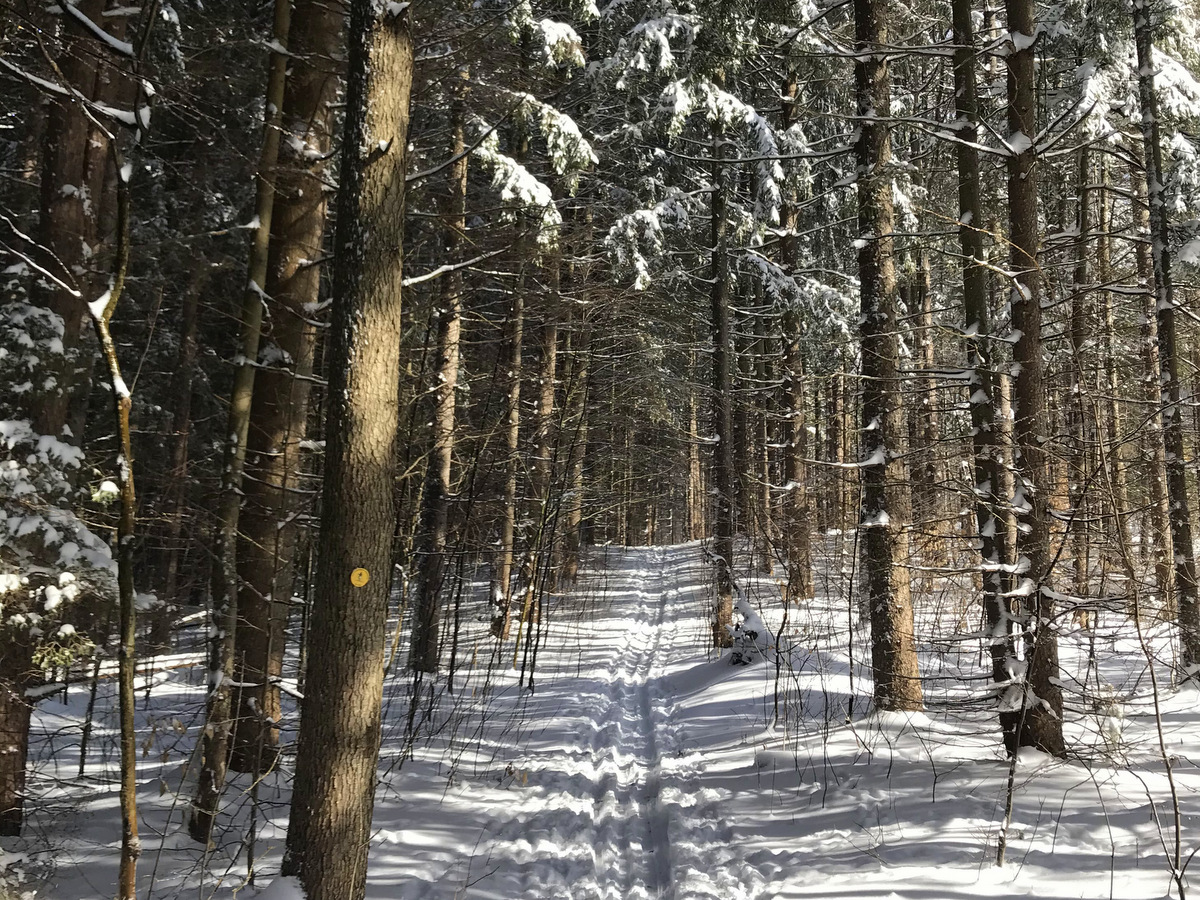
James Kennedy State Forest
The 4,422-acre James Kennedy State Forest in Virgil is home to a packed collection of named trails, the popular Virgil Mountain Loop, and the Foxfire lean-to. Skiing is allowed on all hiking trails, but there are also four miles of trails dedicated to cross-country skiing.

Lime Hollow Nature Center
This hidden gem in Cortland County boasts 2.5 miles of cross-country ski trails that weave through meadows, forest, and scrubland, often encircling numerous ponds found throughout the 430-acre property. Open from dawn to dusk, the mostly flat trails are perfect for beginners and families with children—with a few steep slopes along the way.

Oakley Corners State Forest
Located in the Southern Tier just north of Owego, Oakley Corners features a network of 13 miles of trails built by the Triple Cities Ski Club. This 1,000-acre forest is located about a half-hour drive from both Ithaca and Binghamton. The state forest is divided into northern and southern sections by Dutchtown Road and though the forest remains mostly the same, skiers will find flatter terrain in the southern section and slightly more rugged difficult trails in the northern section.
Gentler rides on rail trails…
Jim Schug Trail
Black Diamond Trail
Other places to explore…
See the map!
Show the blue filter bar and set the filters for “XC skiing” and any other factors you’re looking for!






